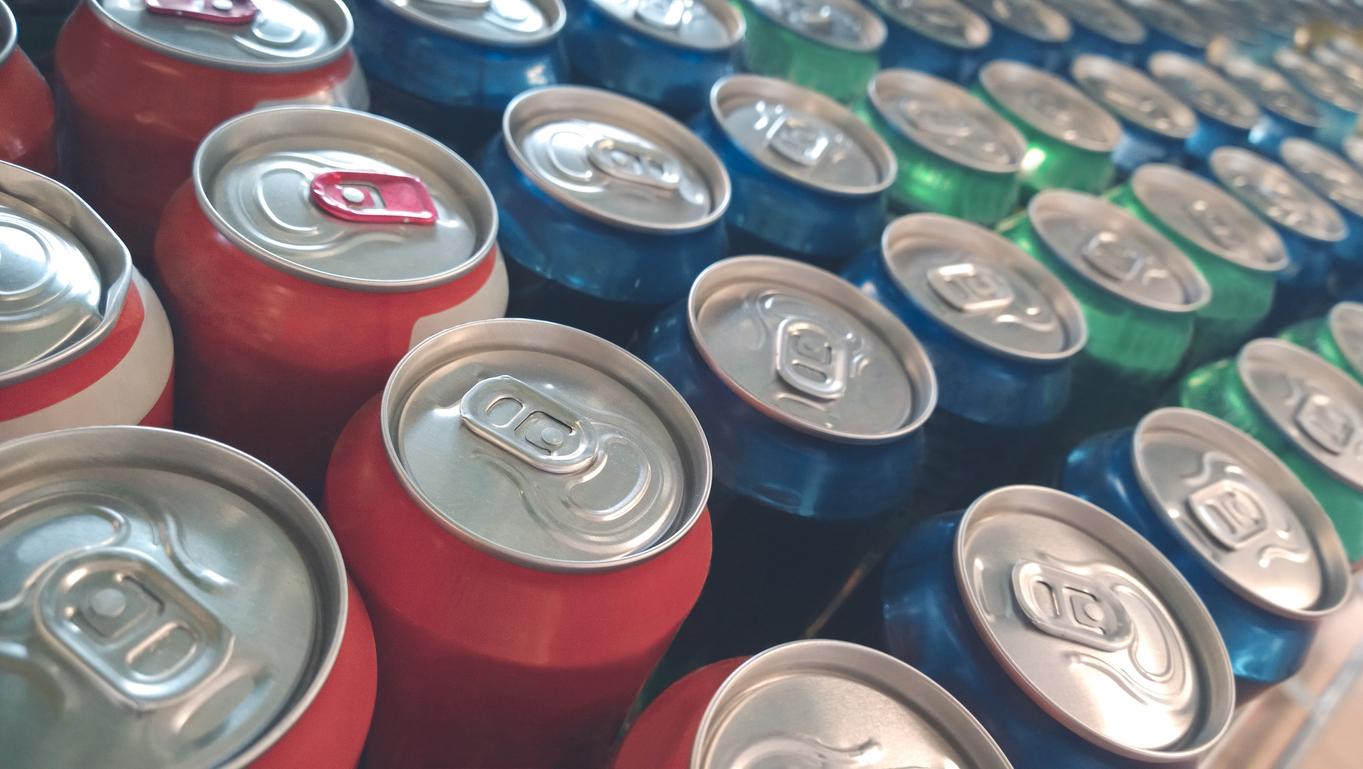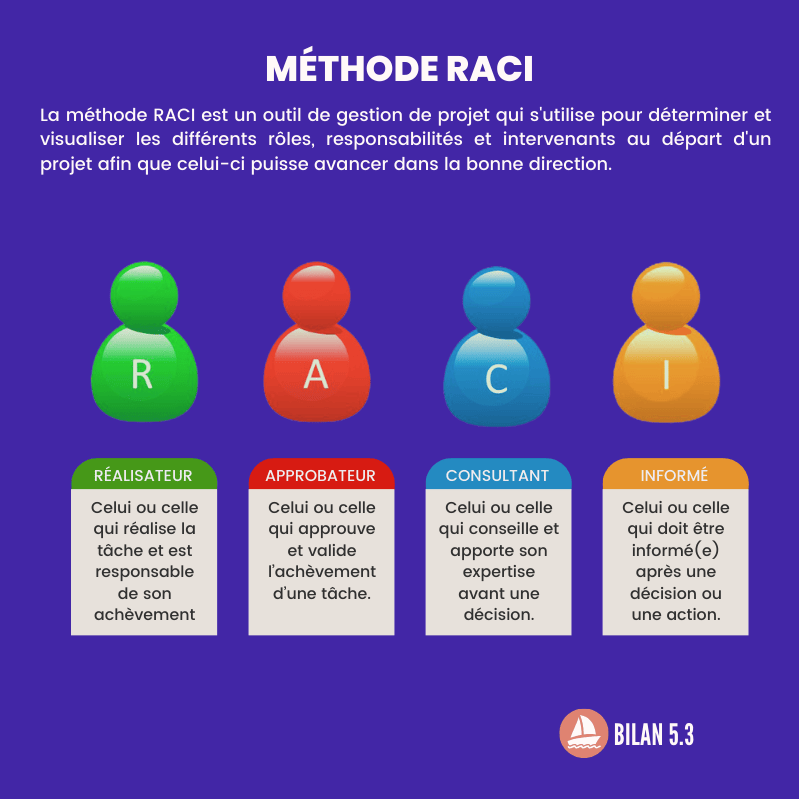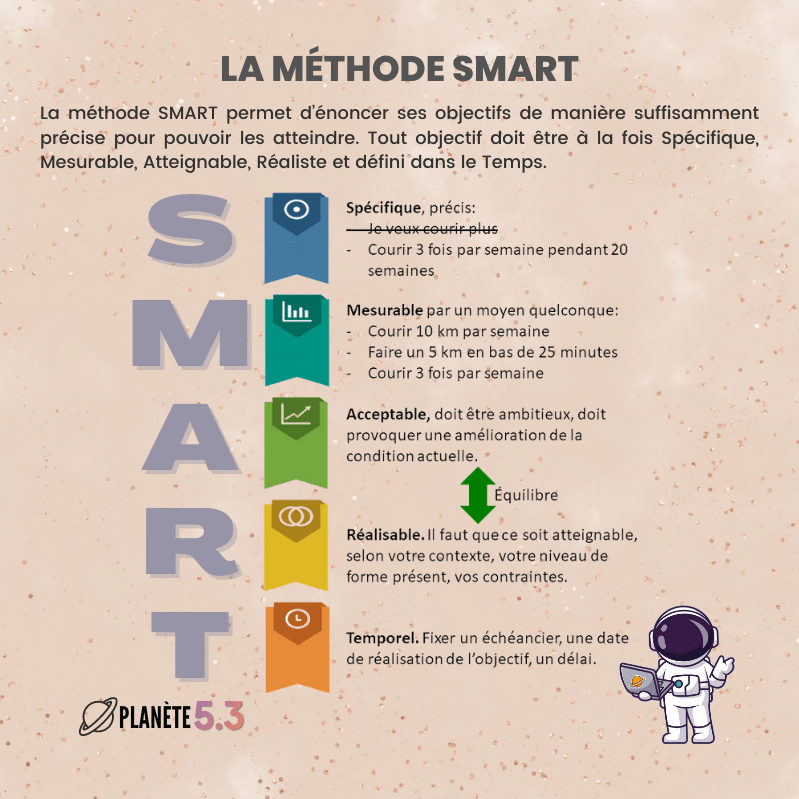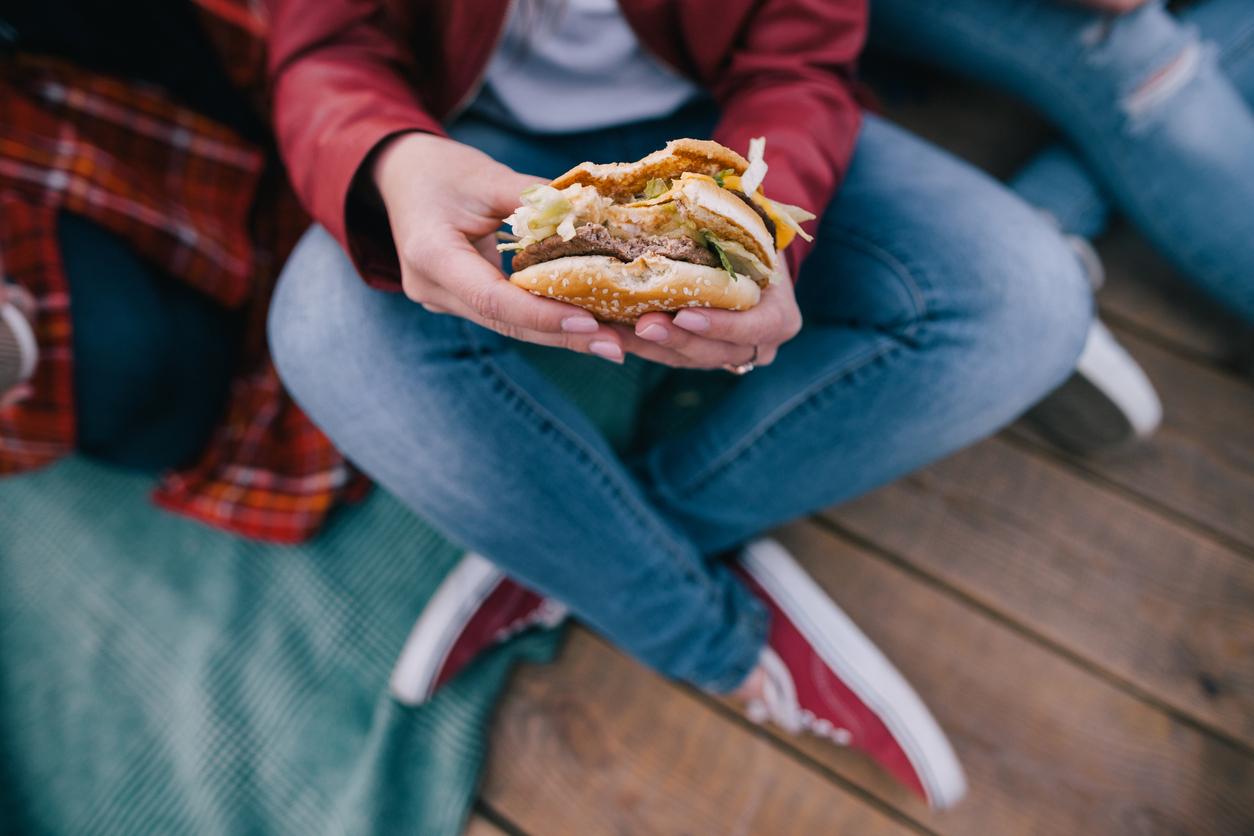Practical and economical, the frozen products are gaining popularity with French households. Certain fruits and vegetables (green beans, peas, raspberries) are even recommended in this form to take advantage of their nutritional properties. But watch outfood poisoning which can happen quickly if you are not careful when defrosting. A virologist gives us her advice on how to thaw food safely.
Oceane Sorel is Doctor in Virology and Immunology. On his Instagram account (thefrenchvirologist) followed by more than 150,000 subscribers, the expert shares her health tips and advice in a fun way. Always verified and sourced, his explanations make it possible to popularize scientific information and fight against fake news. Among the topics discussed, that of thawing is particularly interesting. Because many of us are probably guilty of a very bad habit in the kitchen. Indeed, in one of her videos, the virologist explains that we should not never thaw food at room temperature because it can cause health risks.
Why should food not be thawed at room temperature?
If the freezing stops the proliferation of bacteria, it does not destroy them. Above a temperature of 4°, bacteria that might have been present before freezing can resume their growth. A more accelerated proliferation if your food is in the open air. If you let your food thaw at room temperature, you run the risk of food poisoning.
Note that special care must be taken with highly perishable foodstuffs such as raw or cooked meatthere poultry and the egg products.
What is the best method of defrosting?
There are three safe methods for thawing food: in the refrigerator, in cold water and in the microwave. For small foods (ground steak, minced poultry, small vegetables, etc.), you can cook them directly. In general, cooking frozen products directly does not present any health risks.
- In the refrigerator. The preferred method for the doctor. You can defrost your food in advance by placing it in the refrigerator in an airtight container or in a dish covered with cling film. Allow about 24 hours for your food to thaw.
- In cold water. This method is faster than in the refrigerator but requires greater vigilance. Food must be placed in airtight packaging or a waterproof plastic bag because in the event of a leak, bacteria can enter the food. Completely immerse your products in cold water to change every 30 min. Once thawed, food should be cooked immediately.
- In the microwave. If you forgot to defrost your food and are in a hurry, you can use the “defrost” function of your microwave or microwave oven. Read the labeling of your products carefully, some recommend specific methods of thawing. Immediately cook your defrosted food in the microwave as some parts may start to cook during defrosting.
Be careful, once taken out of the freezer, food cannot be refrozen, unless it has undergone cooking, and must be eaten quickly.
Sources:
- Collection of good hygiene practice recommendations for consumersThe Minister of Agriculture
- Safe Defrosting MethodsFood Safety and Inspection Service (US Department of Agriculture)















